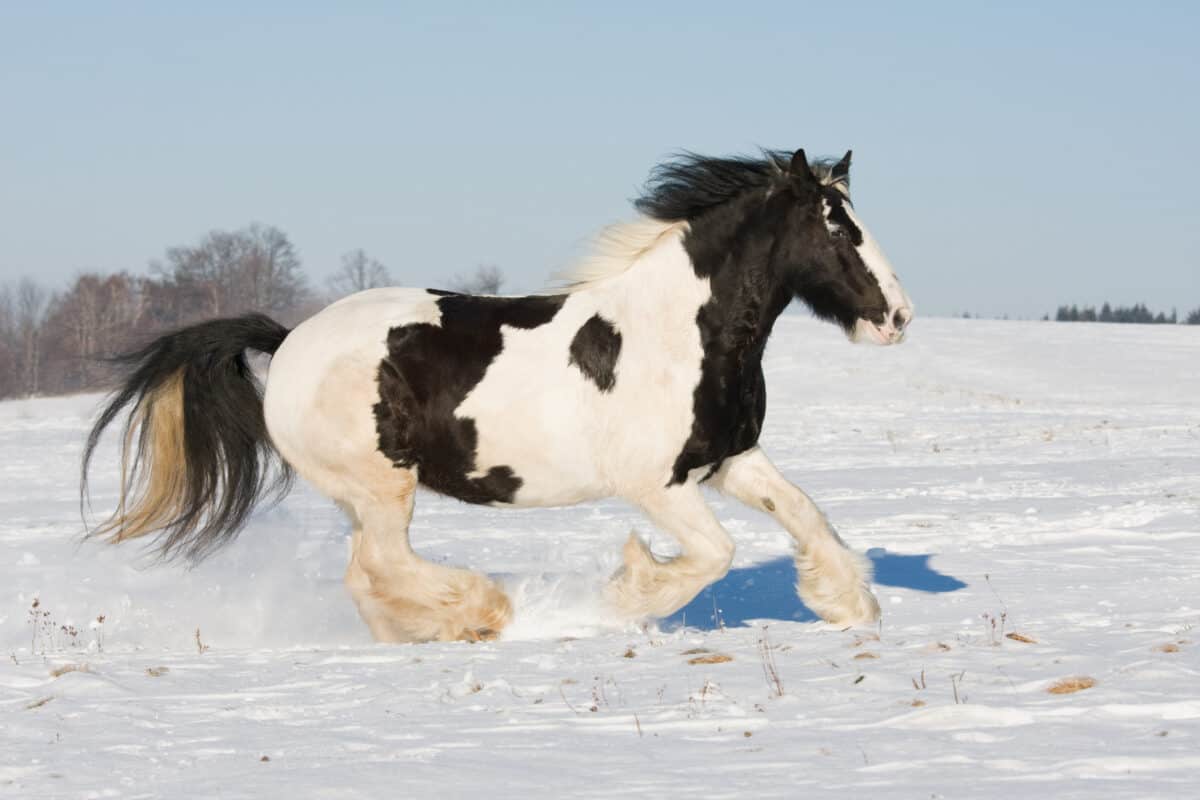Horses have captivated human imagination for millennia with their grace, power, and beauty. Throughout history, selective breeding has produced extraordinary equine specimens that combine aesthetic appeal with remarkable traits. From the majestic Friesian with its flowing mane to the elegant Arabian with its distinctive profile, beautiful horse breeds can be found across the globe. This article explores the 15 most visually stunning horse breeds in the world, celebrating their unique characteristics, origins, and the qualities that make them truly special. Whether you’re a seasoned equestrian or simply an admirer of these magnificent animals, prepare to be enchanted by nature’s most splendid equine creations.
15. Arabian Horse The Desert Jewel

Often considered the foundation of many modern horse breeds, the Arabian horse stands as one of the oldest and most recognizable breeds in the world. Originating from the Arabian Peninsula, these horses evolved in the harsh desert climate, developing distinctive characteristics including a concave profile, high tail carriage, and large, expressive eyes. Arabians typically stand between 14.1 and 15.1 hands high and come in bay, chestnut, gray, and black colorations. Their refined elegance is matched by exceptional endurance, intelligence, and a spirited yet gentle temperament. With their dish-shaped faces, arched necks, and floating trot, Arabians embody a natural beauty that has enchanted horse enthusiasts for centuries, making them popular choices for show rings, endurance competitions, and pleasure riding alike.
14. Friesian The Black Pearl

The Friesian horse, with its gleaming coal-black coat and abundant feathering, presents a picture of medieval majesty. Originating from the Netherlands’ Friesland region, these horses were once prized as war mounts for knights due to their strength and imposing presence. Modern Friesians stand between 15 and 17 hands high, characterized by their powerful build, arched neck, and spectacular high-stepping gait. Perhaps their most striking feature is their luxuriant mane and tail, which can grow extraordinarily long and thick. The breed’s gentle temperament belies its impressive stature, making Friesians excellent family horses despite their grandeur. Their dramatic appearance has made them favorites in film and fantasy, often portraying mythical steeds or pulling ornate carriages. The combination of jet-black coloration and flowing hair creates a silhouette that epitomizes equine magnificence.
13. Akhal-Teke The Golden Horse
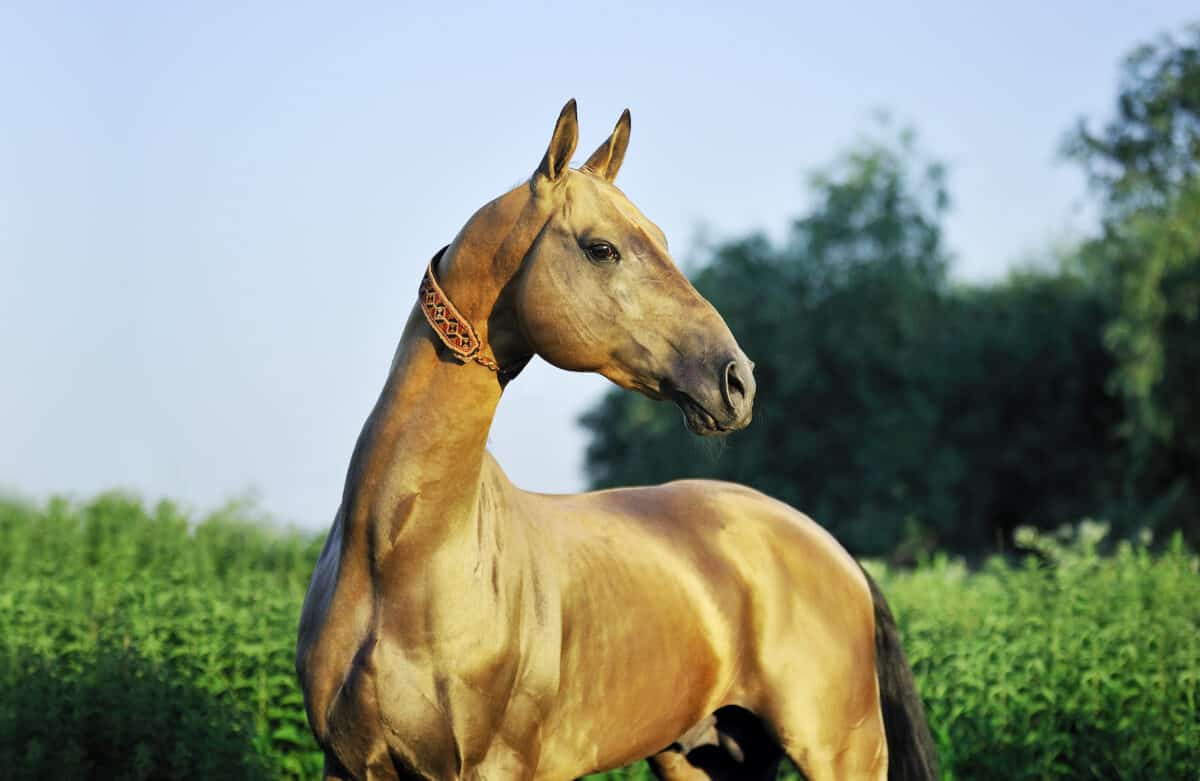
The Akhal-Teke from Turkmenistan possesses perhaps the most unusual coat in the equine world—a metallic sheen that glimmers like liquid gold in sunlight. This distinctive metallic gleam results from the unique structure of their hair, which reflects light differently than other horses’ coats. Dating back at least 3,000 years, the Akhal-Teke is one of the oldest surviving horse breeds and was developed for endurance and speed across the harsh Central Asian deserts. Standing between 14.2 and 16 hands high, these horses display a distinctive conformation with almond-shaped eyes, long ears, and lean, athletic bodies. The breed comes in various colors, but the most prized are the golden buckskins and palominos that showcase the metallic sheen to full effect. Despite their ethereal beauty, Akhal-Tekes are remarkably tough and resilient, capable of surviving in extreme conditions with minimal food and water—a testament to their desert heritage.
12. Andalusian The Royal Spanish Horse

The Andalusian, also known as the Pure Spanish Horse or PRE (Pura Raza Española), represents centuries of careful breeding from the Iberian Peninsula. These horses became favorites of European nobility and were considered the ultimate war horse during the Renaissance period. Typically standing between 15.2 and 16.2 hands high, Andalusians are most commonly gray or white, though bay and black specimens exist. Their extraordinary beauty stems from their powerful, compact bodies, thick arched necks, and abundant manes and tails. The Andalusian’s natural collection and elevation in movement make them particularly suited for classical dressage, where they showcase their spectacular action and natural talent for collection. Their intelligence and willingness to work have made them successful in modern equestrian disciplines ranging from dressage to film work. The Andalusian’s dignified bearing and dramatic presence continue to captivate horse lovers worldwide, maintaining their status as living equine art.
11. Lipizzaner The Dancing White Stallions
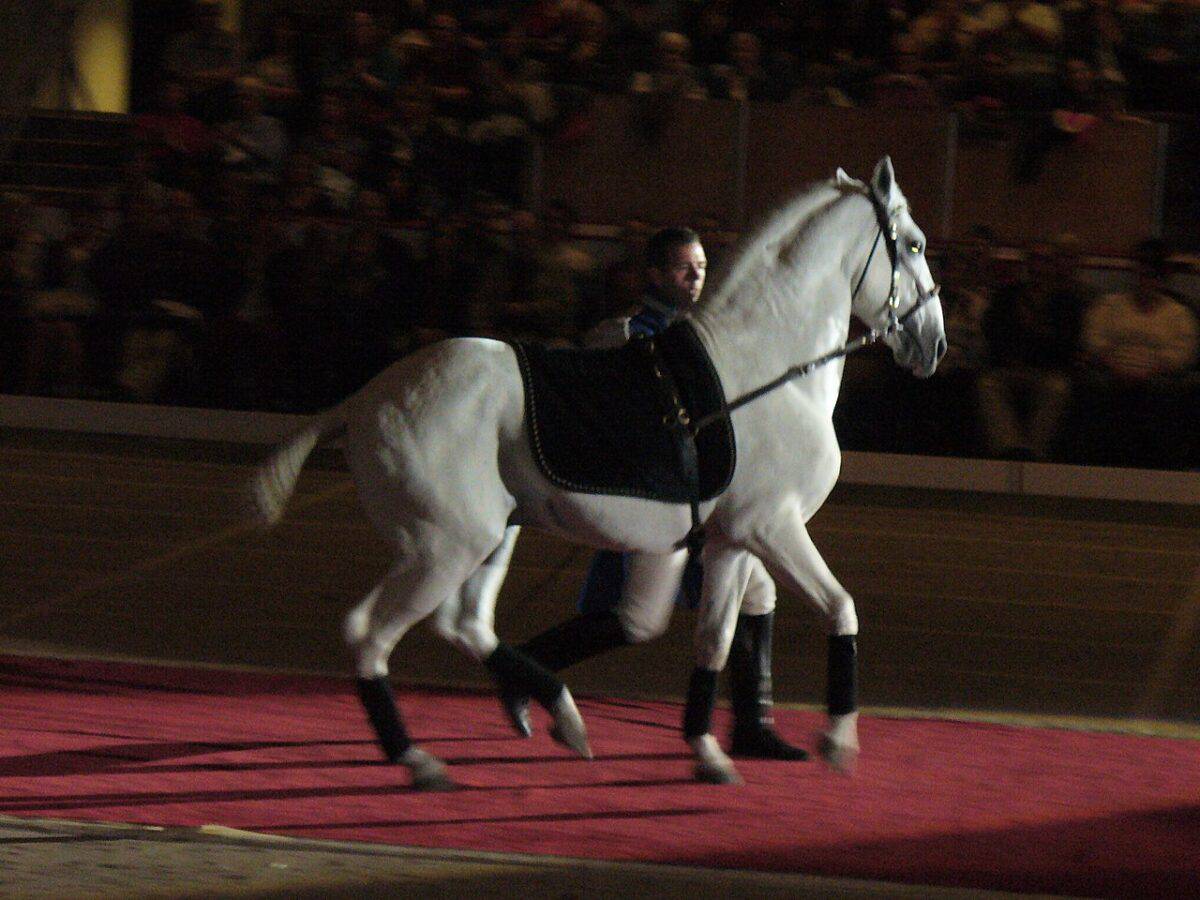
The Lipizzaner breed is synonymous with the Spanish Riding School of Vienna, where these horses perform breathtaking “airs above the ground”—movements where the horse leaves the ground entirely. Developed in the 16th century for the Habsburg royal family, these horses begin life with dark coats that gradually lighten to the characteristic white or light gray as they mature. Standing between 14.2 and 15.2 hands high, Lipizzaners possess compact, muscular bodies perfect for collection and the advanced movements of classical dressage. Their slightly convex profile, arched neck, and intelligent expression contribute to their aristocratic appearance. What makes these horses particularly beautiful is not just their pristine white coats but their extraordinary ability to perform balletic movements with grace and precision. The combination of strength and elegance demonstrated in the levade, capriole, and courbette showcases the pinnacle of horse training and the natural beauty of controlled power.
10. Gypsy Vanner The Feathered Fantasy
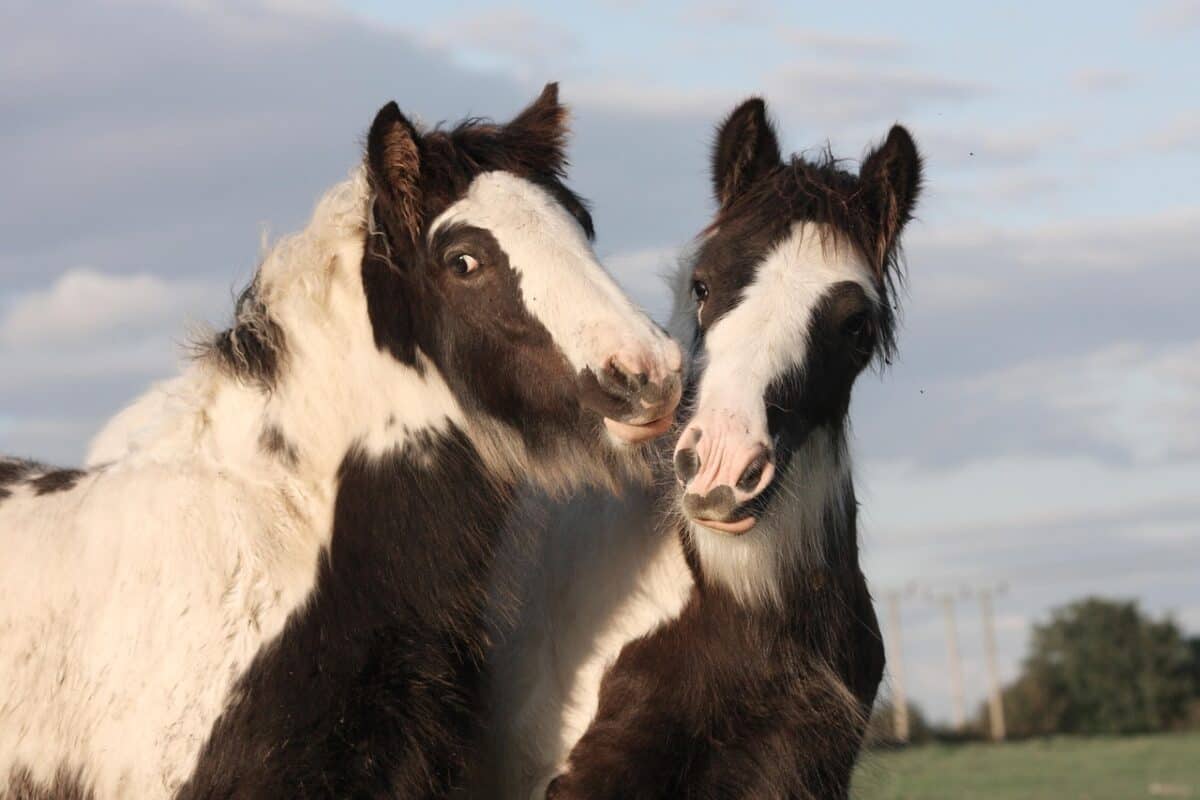
With their abundant feathering and striking piebald or skewbald patterns, Gypsy Vanners look as though they’ve stepped from a fairy tale. Originally bred by the Romani people of Great Britain to pull their vardos (caravans), these horses combine the strength of draft breeds with more refined features. Standing between 13.2 and 15.2 hands high, they are relatively small for draft horses but exude a compact power. Their most distinctive features include profuse feathering (long hair) on their lower legs, flowing manes often reaching below their shoulders, and luxurious tails. The most common coloration is the black and white piebald pattern, though solid colors also exist. Beyond their spectacular appearance, Gypsy Vanners are known for their gentle, willing temperament, making them excellent family horses despite their impressive size. Their combination of strength, color, and abundant hair creates an almost mythical appearance that continues to enchant horse enthusiasts worldwide.
9. Marwari The Horse with Curved Ears

One of India’s indigenous horse breeds, the Marwari stands out immediately due to its unique inward-curving ears that often touch at the tips, forming a graceful arch. This rare breed developed in the Marwar region of India and was the traditional war horse of the Rajput warriors. Standing between 14.2 and 15.2 hands high, Marwaris display a proud carriage with arched neck and high tail set. They come in all colors, though pinto patterns and darker shades are particularly prized. Beyond their distinctive ears, Marwaris possess natural ambling gaits that provide exceptional comfort to riders across long distances. Their stamina and hardiness reflect their development in the harsh Rajasthani desert environment. Once facing extinction, conservation efforts have helped stabilize the breed, which represents an important part of India’s cultural heritage. The Marwari’s exotic appearance combines with its historical significance to create a horse of unique beauty and character.
8. Lusitano The Iberian Athlete
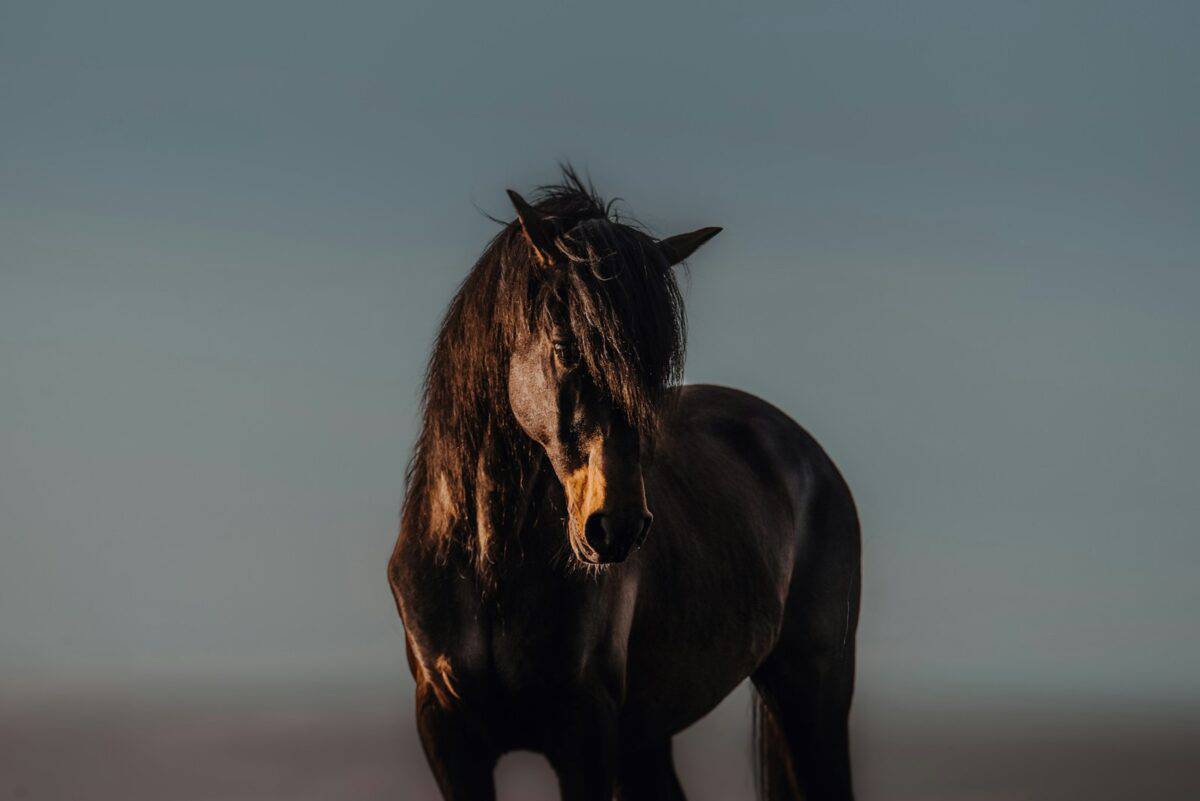
Closely related to the Andalusian, the Lusitano represents Portugal’s contribution to equine beauty. Originally bred for war, bullfighting, and classical riding, these horses possess exceptional agility, courage, and intelligence. Standing between 15.2 and 16.2 hands high, Lusitanos display a slightly more rectangular build than their Spanish cousins, with strong hindquarters that enable impressive collection and agility. Most commonly found in gray, bay, and chestnut, they feature expressive eyes, a slightly convex profile, and luxurious manes and tails. What sets the Lusitano apart aesthetically is their exceptional presence and the way they move—with cadence, elevation, and a natural balance that seems almost effortless. Their historical use in Portuguese bullfighting (where the horse is not harmed) required tremendous bravery and responsiveness, traits that make them exceptional modern sport horses. The combination of athletic ability, willing temperament, and classical beauty has made the Lusitano increasingly popular worldwide.
7. Black Forest Horse The Ruby of Germany

The Black Forest Horse (Schwarzwälder Kaltblut) presents a striking combination of chestnut coloration with a flaxen mane and tail that creates a beautiful contrast against their powerful bodies. Native to the Black Forest region of Germany, these draft horses typically stand between 14.2 and 16 hands high—relatively small for draft breeds but immensely strong. Their characteristic coloration ranges from light chestnut to dark liver chestnut, always complemented by the pale golden mane and tail. Black Forest Horses feature abundant feathering on their lower legs and possess a thick, flowing mane that frames their kind faces. Historically used for forestry work and farming in mountainous terrain, they developed sure-footedness and a calm, reliable temperament. Their relative rarity (with fewer than 1,000 purebred individuals remaining) adds to their special appeal. The combination of their ruby-colored coats, golden hair, and gentle expression creates an aesthetic that perfectly balances power and beauty.
6. Haflinger The Golden Mountain Horse

The Haflinger, with its golden chestnut coat and flowing blonde mane and tail, brings a touch of sunshine to the equine world. Originating in the mountainous regions of Austria and northern Italy, these horses developed as versatile working animals capable of both draft work and riding. Standing between 13.2 and 15 hands high, Haflingers are small but powerful, with distinctive chestnut coloring ranging from light gold to rich copper, always complemented by their cream or white manes and tails. Their faces typically feature expressive eyes and a refined, slightly dished profile that betrays their partial Arabian ancestry. Haflingers possess a distinctive high-stepping trot that showcases their natural elegance despite their stocky build. Their friendly, willing temperament makes them popular family horses, while their surefootedness and stamina reflect their mountain heritage. The Haflinger’s beauty lies in its perfect balance of strength and refinement, wrapped in a package of golden hues that seem to capture sunlight.
5. Knabstrupper The Leopard of Europe
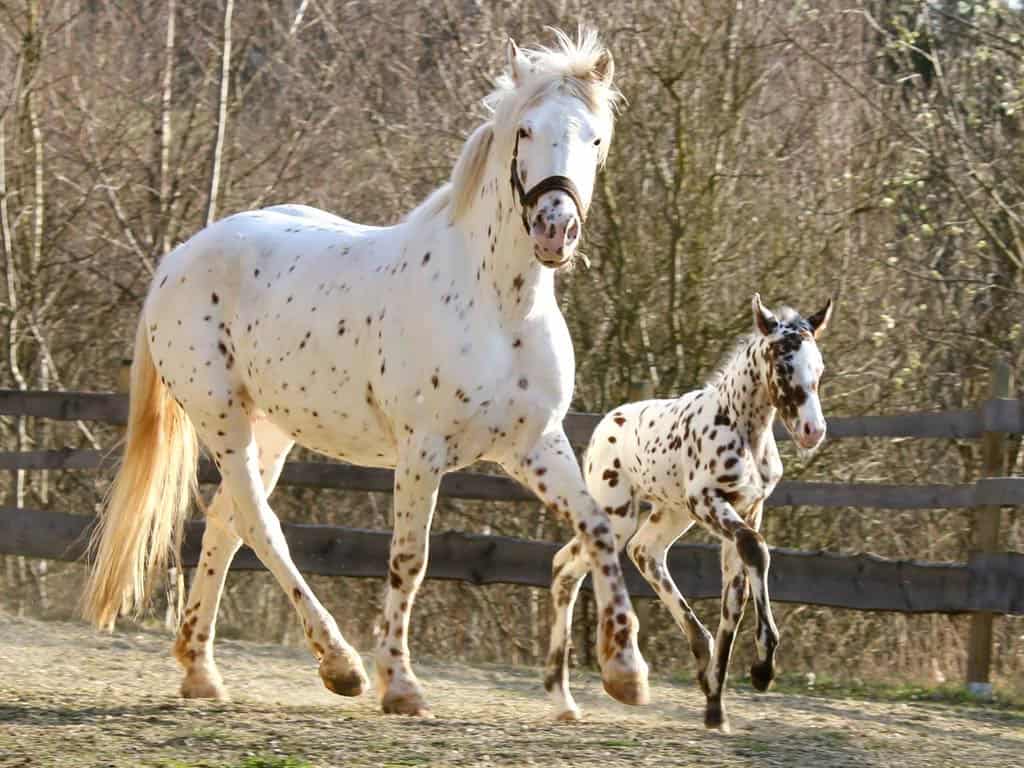
The Knabstrupper’s most distinctive feature is its dramatic spotted coat pattern, similar to the Appaloosa but developed independently in Denmark. These spots can range from the classic “leopard” pattern (white coat with colored spots distributed over the entire body) to blanket patterns or merely spotted hindquarters. Dating back to 1812 when a chestnut mare with leopard complex genetics was bred to create the foundation of the breed, Knabstruppers stand between 15.2 and 16.2 hands high. Their conformation blends elements of riding and carriage horses, with well-defined musculature and elegant movement. Beyond their eye-catching coat patterns, Knabstruppers possess lively, intelligent expressions and natural athletic ability. Historically used as circus horses due to their spectacular appearance, they’ve transitioned to sport and pleasure riding in modern times. Each Knabstrupper displays a unique pattern of spots, making every horse a one-of-a-kind living canvas and adding to their appeal as truly individual equine beauties.
4. Cleveland Bay The English Gentleman
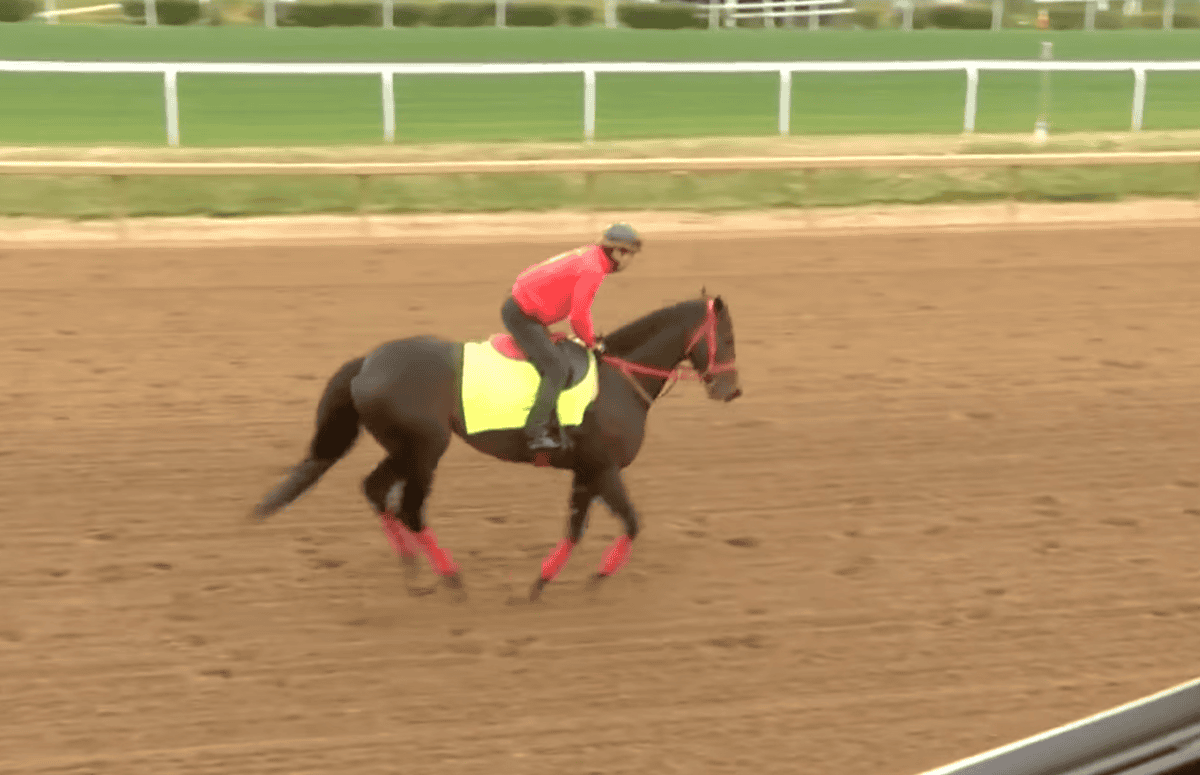
The Cleveland Bay holds the distinction of being England’s oldest native horse breed and the only British breed developed specifically for coaching and driving. Their most striking characteristic is their uniformly bay coloration—a rich, mahogany brown with black points (mane, tail, lower legs, and ear tips) and no white markings aside from possibly a small star on the forehead. Standing between 16 and 16.2 hands high, these horses present an impressive picture of power and elegance combined. Their clean-lined conformation features strong bone, substantial joints, and a rectangular frame that speaks to their heritage as coaching horses capable of pulling heavy loads over long distances. What makes the Cleveland Bay particularly beautiful is the combination of their gleaming coat, powerful yet refined build, and the way light plays across their well-defined musculature. Their rarity (they’re considered critically endangered) adds to their special appeal, as does their long history serving British royalty. The Cleveland Bay’s beauty lies in its understated elegance and the harmony of its proportions.
3. Saddlebred America’s Show Horse

The American Saddlebred represents the epitome of showmanship and high animation in the equine world. Often called the “peacock of the horse world,” Saddlebreds are instantly recognizable by their extremely high head and tail carriage and their spectacular action in movement. Standing between 15 and 17 hands high, these horses possess long, graceful necks, refined heads with large eyes and small ears, and a level topline leading to a high-set tail that is often carried almost vertical when the horse is excited. Available in most solid colors, their beauty is most evident in motion, where they display their trademark animated gaits—particularly the high-stepping trot and unique five-gaited abilities that include the rack and slow gait. Developed in Kentucky from riding horses including the Narragansett Pacer, Thoroughbred, and Morgan, Saddlebreds combine flashy movement with an aristocratic bearing. Their expressive faces and the dramatic way they carry themselves create a picture of equine exuberance that embodies the American show ring ideal of style and presence.
2. Norwegian Fjord The Dun Wonder

The Norwegian Fjord horse presents a unique combination of primitive beauty and charming appearance. One of the world’s oldest and purest breeds, the Fjord has remained largely unchanged for over 4,000 years. Standing between 13.2 and 14.2 hands high, these compact, powerful horses always appear in dun coloration with primitive markings including a dorsal stripe, zebra stripes on legs, and darker points. Their most distinctive feature is the stiff, erect mane, traditionally cut to stand up and display the dark center stripe running through the lighter outer hair—creating a dramatic mohawk effect. Their sturdy build features a strong neck, well-defined withers, and powerful hindquarters suited to their historical work in Norway’s mountainous terrain. Fjord horses possess expressive, kind eyes and a distinctive slightly dished profile. Their beauty lies not in flashiness but in their authentic, natural appearance that connects modern observers to ancient equines. The combination of their unique coloration, distinctive mane, and sturdy yet harmonious build creates an immediately recognizable and undeniably appealing horse.
1. Clydesdale The Gentle Giant

Perhaps best known as the Budweiser mascots, Clydesdales represent the epitome of draft horse magnificence. Originating from Scotland’s Lanarkshire district (formerly known as Clydesdale), these massive horses stand between 16 and 18 hands high and can weigh up to 2,000 pounds. Their most striking features include abundant feathering on their lower legs, often white in contrast to their predominantly bay, brown, black, or chestnut bodies. White facial markings and white legs are highly prized in the breed. Clydesdales move with surprising grace for their size, lifting their massive feathered feet with a distinctive high step that showcases their feathering in motion. Their heads are broad yet refined for a draft breed, with kind eyes and alert expressions. What makes Clydesdales particularly beautiful is the combination of their immense power and their gentle nature—a juxtaposition captured in their expressive faces and willing temperament. The sight of a team of matching Clydesdales in full show harness, with their gleaming coats, flowing feathering, and synchronized movement, represents one of the most spectacular displays in the equine world.
Conclusion:

From the powerful elegance of the Friesian to the refined grace of the Arabian, the world is home to an incredible diversity of horse breeds that captivate us with their beauty, spirit, and history. Each breed on this list reflects the unique cultures, climates, and purposes that shaped them—whether bred for speed, strength, or sheer visual splendor. These horses are not only a testament to natural beauty but also to the deep bond between humans and animals throughout time. Whether galloping across open fields or showcased in royal parades, these magnificent breeds continue to inspire awe and admiration around the globe.
- 10 Animals That Risked Their Lives to Save Humans - August 9, 2025
- 14 Reasons Why Bears Are Afraid of Humans (Most of the Time) - August 9, 2025
- 11 Frogs That Look Too Weird to Be Real - August 9, 2025

